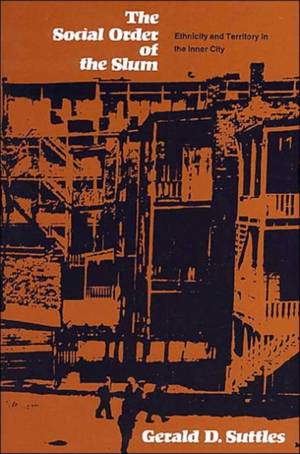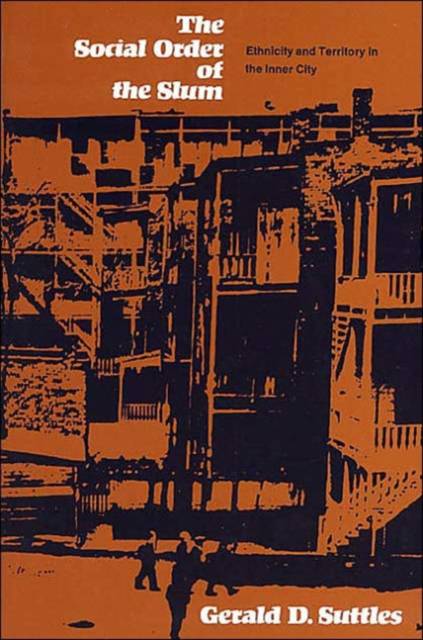
- Afhalen na 1 uur in een winkel met voorraad
- Gratis thuislevering in België vanaf € 30
- Ruim aanbod met 7 miljoen producten
- Afhalen na 1 uur in een winkel met voorraad
- Gratis thuislevering in België vanaf € 30
- Ruim aanbod met 7 miljoen producten
Zoeken
€ 55,95
+ 111 punten
Omschrijving
While he did the research for this book, Gerald Suttles lived for almost three years in the high-delinquency area around Hull House on Chicago's New West Side. He came to know it intimately and was welcomed by its residents, who are Italian, Mexican, Puerto Rican, and Negro. Suttles contends that the residents of a slum neighborhood have a set of standards for behavior that take precedence over the more widely held "moral standards" of "straight" society. These standards arise out of the specific experience of each locality, are peculiar to it, and largely determine how the neighborhood people act. One of the tasks of urban sociology, according to Suttles, is to explore why and how slum communities provide their inhabitants with these local norms. The Social Order of the Slum is the record of such an exploration, and it defines theoretical principles and concepts that will aid in subsequent research.
Specificaties
Betrokkenen
- Auteur(s):
- Uitgeverij:
Inhoud
- Aantal bladzijden:
- 266
- Taal:
- Engels
- Reeks:
Eigenschappen
- Productcode (EAN):
- 9780226781921
- Verschijningsdatum:
- 15/08/1970
- Uitvoering:
- Paperback
- Formaat:
- Trade paperback (VS)
- Afmetingen:
- 152 mm x 229 mm
- Gewicht:
- 362 g

Alleen bij Standaard Boekhandel
+ 111 punten op je klantenkaart van Standaard Boekhandel
Beoordelingen
We publiceren alleen reviews die voldoen aan de voorwaarden voor reviews. Bekijk onze voorwaarden voor reviews.











